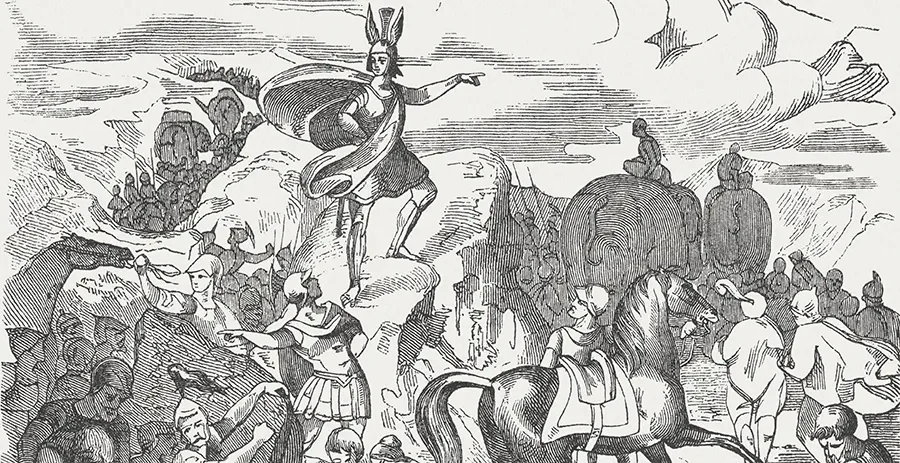

Where did Hannibal cross the Alps?
Dublin City University Geochemists Help to Solve the Hannibal Route Enigma
Geochemists based in the School of Chemical Sciences at Dublin City University have released results that have contributed to answering one of ancient history’s greatest enigmas: Where did Hannibal cross the Alps?
Hannibal was the Commander-in-Chief of the Carthaginian army during the Second Punic War with Rome (218 –201 BC). He famously led his troops (thirty thousand men, just thirty seven elephants and over fifteen thousand horses and mules) across the Alps to invade Italia - bringing the Roman army to its knees. While the great general was ultimately defeated at Zama in 202 BC, this campaign is rightly regarded today as one of the finest military endeavours of antiquity. We can say, in retrospect, that these events ultimately shaped the future Roman Republic, eventually with Caesar morphing into the Empire, and therefore into European civilisation as we know it.
For over two thousand years, historians, statesmen and academics have argued about the route Hannibal took across the Alps. Until now, no solid archaeological evidence has been forthcoming. However, this week – publishing on-line in the Journal Archaeometry – Dublin City University geochemists and their international team of colleagues, led by Professor Bill Mahaney (York University, Toronto), have finally provided solid evidence for the most likely transit route that took Hannibal’s forces across the Alps via the Col de Traversette pass (~3000 m). This crossing point was first proposed over a half century ago by the biologist and polymath Sir Gavin de Beer, but has not previously been widely accepted by the academic community.
Using a combination of environmental chemistry, microbial metagenome analysis, geomorphic and pedological investigation, pollen analyses and various other geophysical techniques, the researchers have shown that a ‘mass animal deposition’ event occurred near the Col de Traversette - that can be directly dated to approximately 2168 cal yr BP, i.e. 218 BC.
DCU’s contribution, spearheaded by PhD student Sean Jordan and his colleagues Shane O’Reilly and Brian Murphy, and supervised by Dr Brian Kelleher, involved looking for chemical clues from a churned-up soil layer from a 1-metre thick alluvial mire, produced by the presence, over 2000 years ago of thousands of animals and humans. Specialised organic biomarkers that survive decomposition in the environment were found to be derived from faecal matter. This evidence, coupled with microbiology conducted by Dr Chris Allen in Queen's University, Belfast suggests a substantial accumulation of mammalian faeces at the site over 2000 years ago. The results constitute the first chemical and biological evidence of the passage of large numbers of mammals, providing strong indicators that this was the route of the Hannibalic army at this time.
The research project was conducted in collaboration with a leading group of researchers, based also in Canada, USA, France and Estonia.
To view the full paper visit: http://onlinelibrary.wiley.com/doi/10.1111/arcm.12228/abstract
